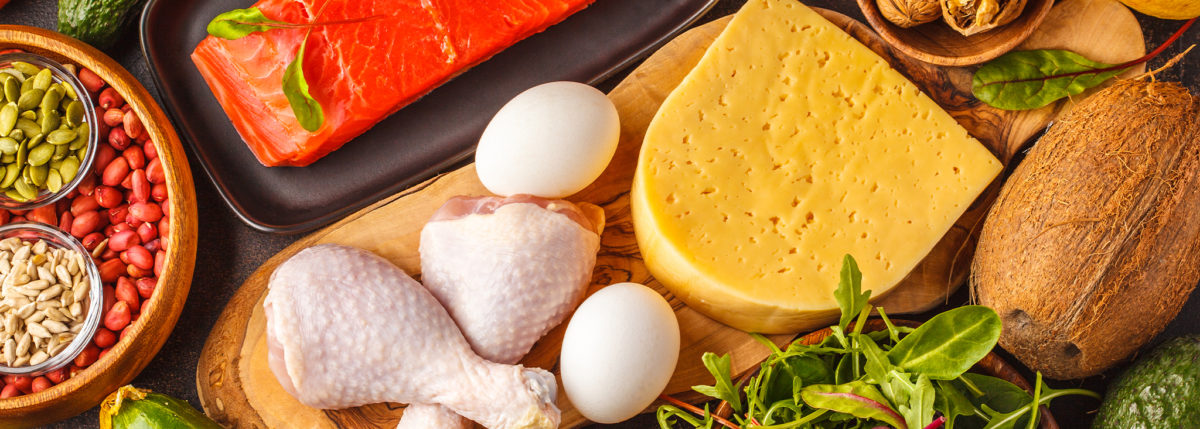Diabetes and the Paleo Diet
Editor’s Note: By providing a place for the community to share real life experiences we hope you find inspiration and new ways of thinking about management. We encourage you to approach these offerings as you would a buffet—review the options, maybe try a few new things and come back for what works best for you. Bon Appetit! Check out our library of resources on Food.
What is it the paleo diet?
The paleo diet is a way of eating that is meant to mimic the way earliest humans ate. Essentially, those following the paleo diet eat things that our hunter-gatherer ancestors would be able to eat—for instance fruits, vegetables, nuts and lean meats. Those following a paleo diet also emphasize eating unprocessed foods to more closely follow the eating habits of early humans.
This results in a diet that is relatively high in fat, moderate in animal protein and low to moderate in carbohydrates. Those who eat strictly paleo cut out all cereal grains and legumes (including wheat, rye, barley, oats, corn, brown rice, soy, peanut, kidney beans, pinto beans), eliminate all vegetable, hydrogenated, and partly hydrogenated oils (margarine, corn oil, canola oil, etc) and try to consume no added sugar and no dairy.
What are the potential benefits of the paleo diet and managing Type 1 or Type 2 diabetes?
Paleo diets are generally low in carbohydrates, which can lead to improved glycemic control. In addition, some small, preliminary studies have shown that the paleo diet may reduce incidents of hypoglycemia, reduce insulin requirements and may result in participants’ A1c levels dropping more substantially than a control group.
If you want more information about eating a paleo diet as a person with type 1 diabetes you can read Caroline Potter’s story to find out how the paleo diet helped to stabilize her blood sugar.
Furthermore, celiac disease is much more common with people with type 1 diabetes, and paleo is gluten-free. Some people with type 1 diabetes may benefit from eating paleo as it may help address undiagnosed gluten insensitivities.
What are the potential risks of the paleo diet?
When first adapting to a paleo diet, one’s insulin requirements may change drastically to account for the reduction in carbohydrates. It’s recommended to consult with a doctor before beginning to eat the paleo diet.
Be aware, that following a paleo diet can put you at a higher risk for developing an eating disorder. According to Paleoleap.com, “Paleo interacts with eating disorders [in the sense that] the diet itself can trigger orthorexia by feeding an unhealthy obsession with eating the “right” food […] it’s all too easy for the diet to consume your life to the point where your dedication to “health” is doing more harm than good.”
What about the paleo diet and Type 2 diabetes, specifically?
A 2013 meta review concluded that individuals with type 2 diabetes are likely to see symptomatic as well as objective improvements in biomarkers of disease risk if they follow a well-formulated very-low-carbohydrate diet, such as the paleo diet. Glucose control improves not only because there is less glucose coming in, but also because insulin sensitivity improves as well. Additionally, the paleo diet often results in increased weight loss compared to a higher carbohydrate diet, which is often beneficial for those at risk or diagnosed with type 2 diabetes.





